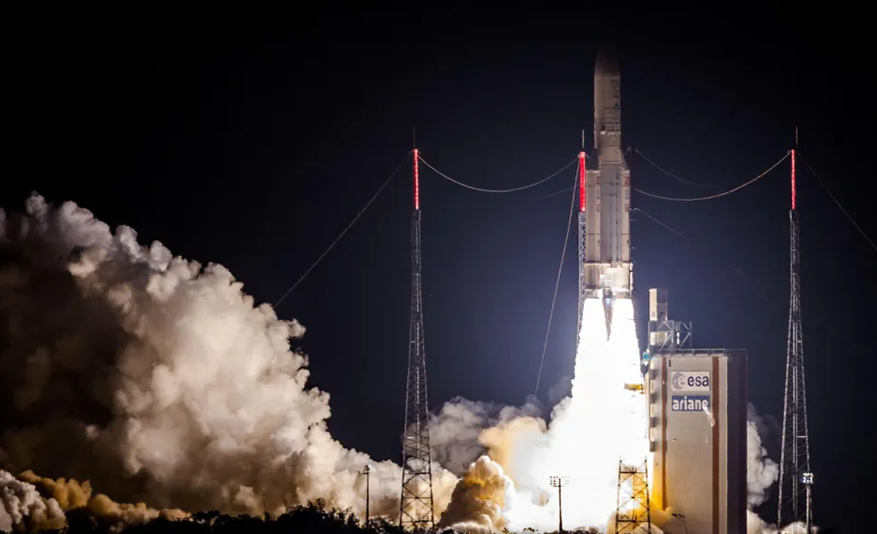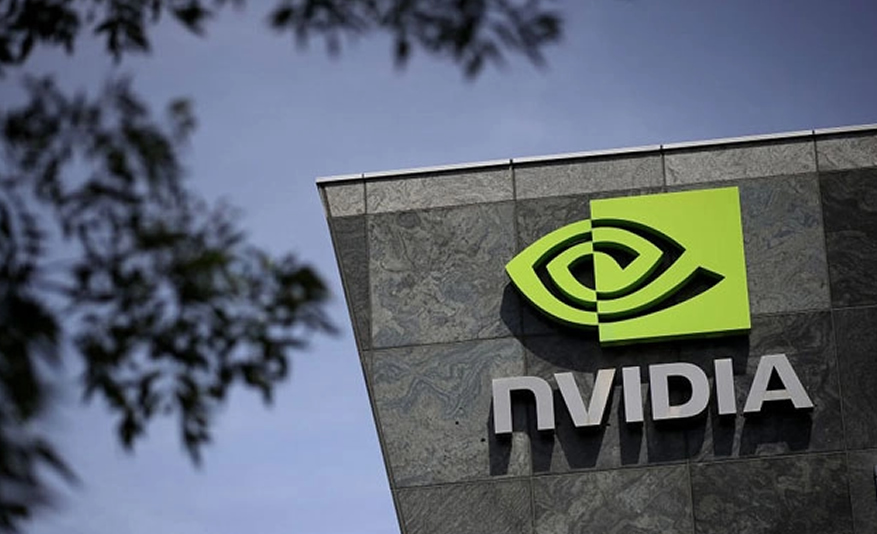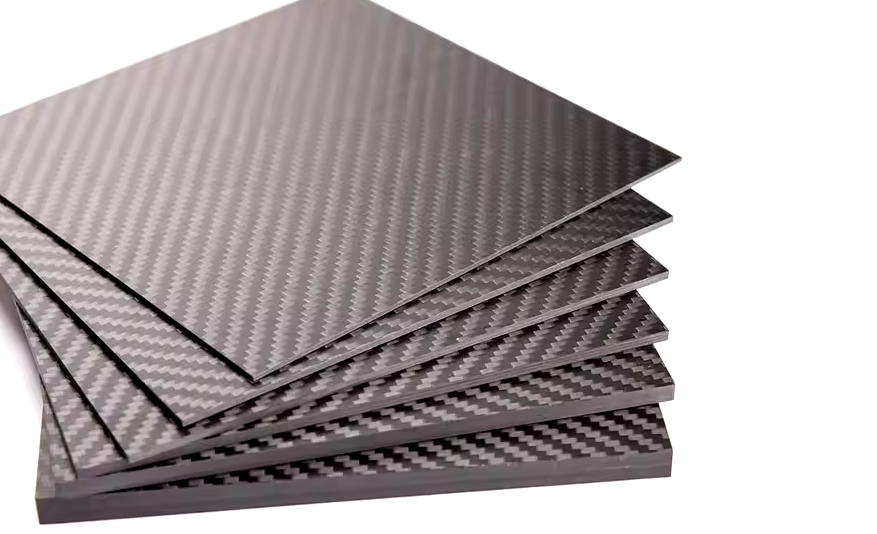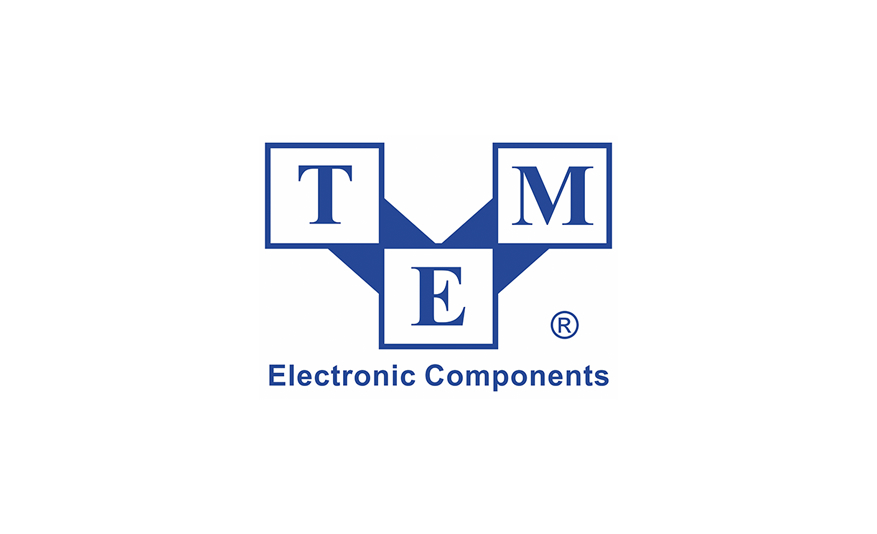Eclipse Aerospace has begun flying Daedalean AI’s visual awareness system in an Eclipse 550 twinjet, testing the system’s artificial intelligence (AI)-based capabilities for detect-and-avoid traffic deconfliction. Ultimately, Daedalean’s visual awareness system will offer the traffic capability, as well as landing guidance and navigation in GPS-denied environments.

Although this project is in the early stages of testing and not yet on a certification track, Daedalean is pursuing an FAA Part 23 supplemental type certificate (STC) for its PilotEye visual traffic detection system in partnership with Avidyne. The company is also developing a similar traffic system, Ailumina Vista, for Part 27 rotorcraft and is working on an EASA STC.
The visual awareness system relies on cameras mounted on the aircraft and employs machine learning, which Daedalean explained is a form of AI that “leverages increased computer power to do more efficiently what until now could only be done by people.” The technology uses Daedalean’s “situational intelligence, the ability to understand and make sense of the current environment and situation and anticipate and react to potential threats.”
For the Eclipse testing, the 550 jet is equipped with two cameras, one forward-facing and one looking downward. The tests are being conducted in Albuquerque, New Mexico, where Eclipse is headquartered. According to Daedalean, “The focus is to evaluate Daedalean’s system capabilities for detect-and-avoid in critical phases of flight and provide the pilot with information needed to capture, identify, and deconflict with both cooperative and noncooperative traffic.”
The pilot interface for an eventual product that could result from the Eclipse testing is not yet defined and will depend on integration with the avionics and how the information will be presented on primary and multifunction flight displays. The test setup uses a tablet computer, but it is used primarily for capturing information and postflight analysis.
A certified system would use more cameras, with the two nose-mounted cameras facing forward and downward, and one camera on each wingtip, covering a full field of view of 226 degrees. All of this camera input would ultimately serve the three visual awareness system functions: detect-and-avoid traffic deconfliction, landing guidance, and navigation in GPS-denied environments.
Meanwhile, the traffic element would “capture, identify, and deconflict with both cooperative and noncooperative traffic,” according to Daedalean. Landing guidance uses the cameras to provide precision guidance to a runway, including lateral and vertical navigation to touchdown. For GPS-denied environments, including GPS spoofing and jamming, Daedalean develops its own terrain database based on survey flights that are conducted with a reference GPS. This survey data can also be updated during normal flights in a Daedalean-equipped aircraft.
When GPS is compromised, Daedalean’s Visual Positioning System uses the cameras to determine the aircraft’s position, but it also requires a Visual Motion Unit to calculate the distance and direction that the aircraft is flying, updated by the positioning system’s camera-based visual references.
“Eclipse Aerospace pioneered the single-pilot very light jet category, enabled through a high degree of automation and system integration designed to significantly reduce the pilot workload in a high-performance twin-engine aircraft,” said Jerry Chambers, Eclipse v-p of engineering.“We are constantly on the lookout for technology that we can test and integrate to further reduce the pilot workload to increase safety. Collaborating with Daedalean enables us to evaluate AI-enhanced capabilities, while enabling the testing of the system on a certified Part 23 twin-engine jet.”



















































